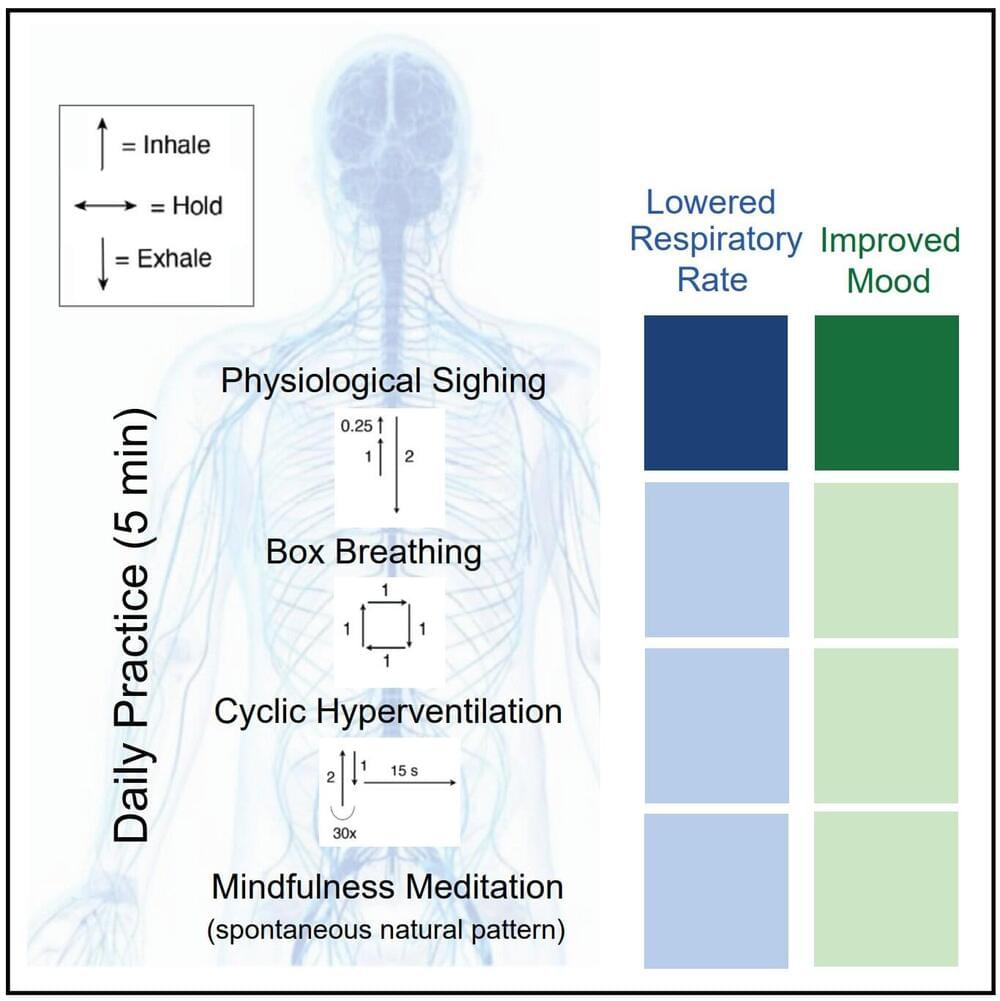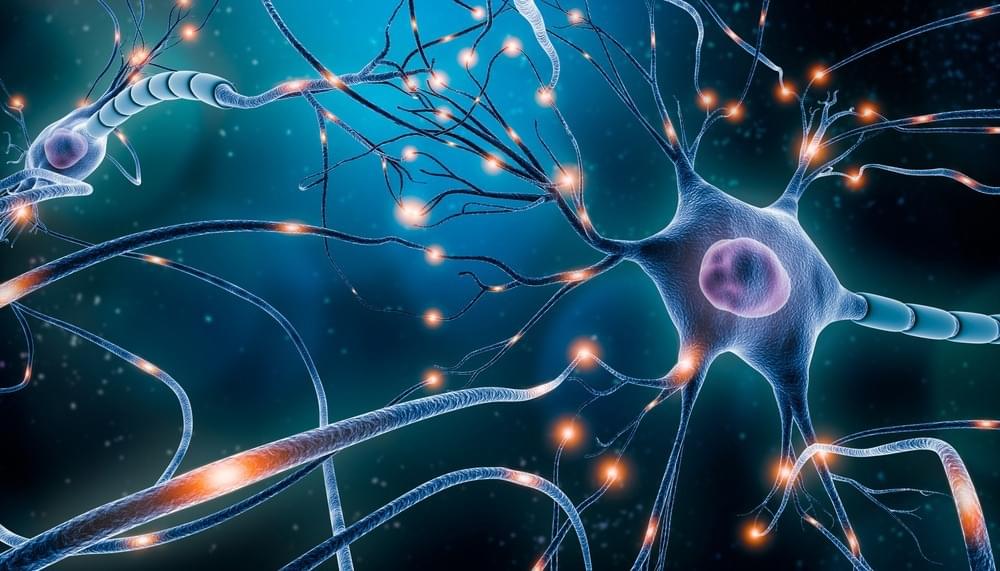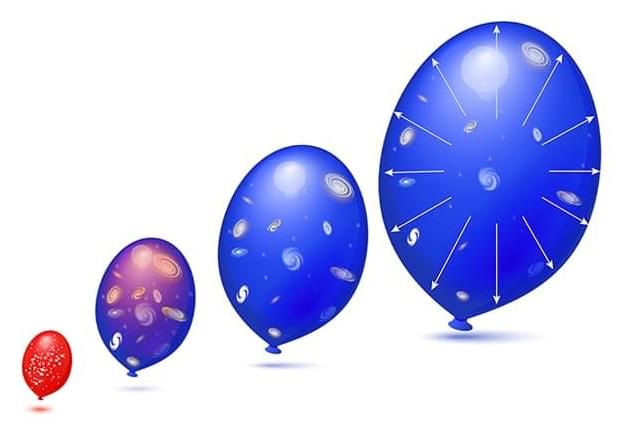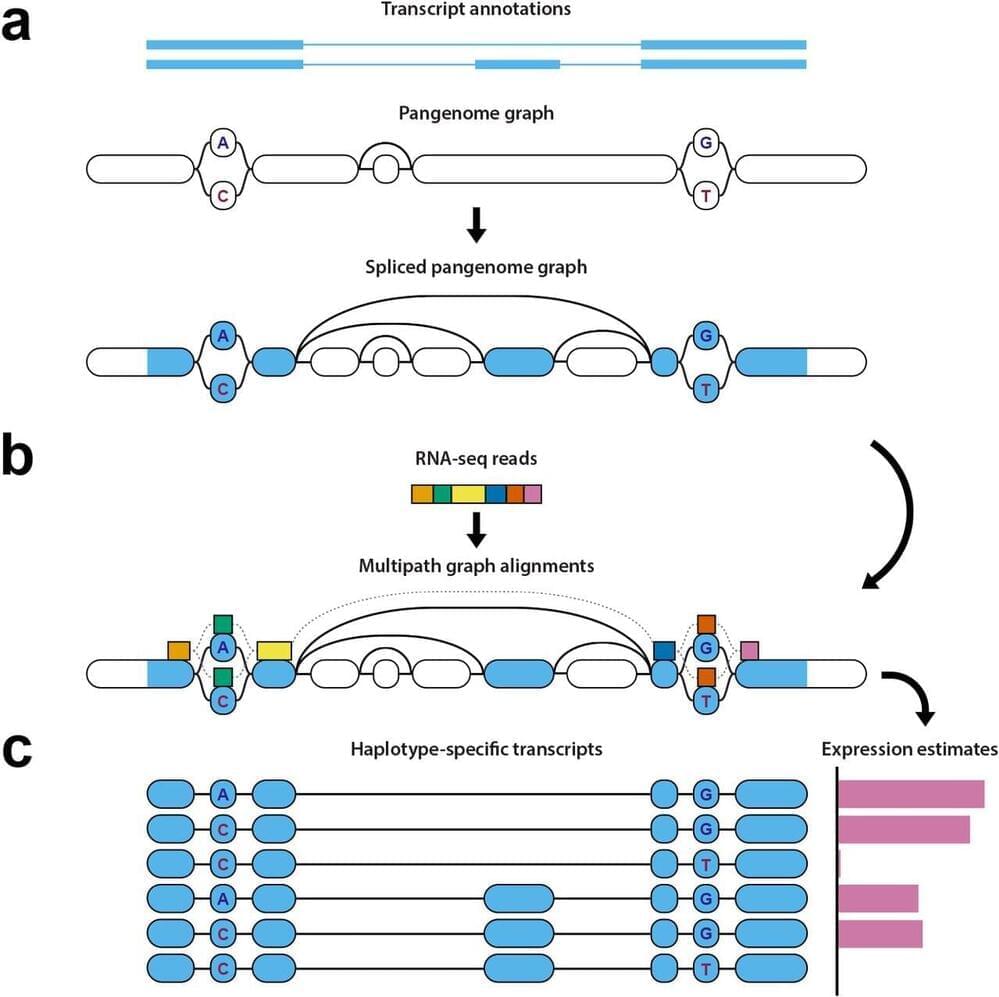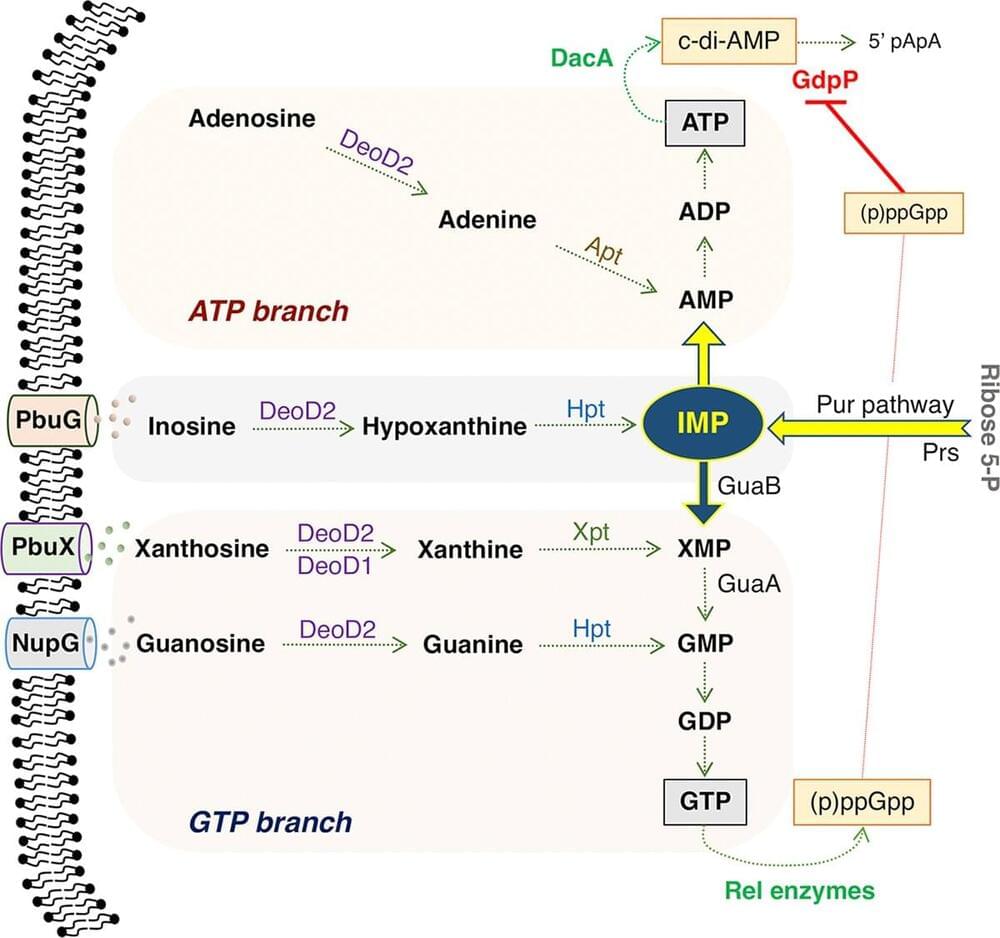Jan 18, 2023
A new privilege escalation vulnerability in the Linux kernel, enables a local attacker to execute malware on vulnerable systems
Posted by Saúl Morales Rodriguéz in category: cybercrime/malcode
A new privilege escalation vulnerability has been identified in the Linux kernel by researcher Davide Ornaghi. This vulnerability might enable a local attacker to execute code on vulnerable computers with elevated rights if the kernel is installed on those systems. Additionally, Davide published the proof-of-concept and the write-up. The vulnerability, which has been assigned the tracking number CVE-2023–0179, is a stack-based buffer overflow that exists in the Netfilter subsystem. An authorized attacker might exploit this issue to get elevated privileges as root if the attacker executed a program that had been carefully written for the purpose.
The Linux kernel has a framework known as netfilter that enables a variety of networking-related actions to be performed in the form of individualized handlers. This may be accomplished by filtering incoming network packets. Netfilter provides the functionality necessary for directing packets through a network and preventing packets from reaching sensitive locations within a network by offering a variety of functions and operations for packet filtering, network address translation, and port translation. [1] These features allow Netfilter to provide the functionality required for directing packets through a network.

 Cytokine mediated sustained inflammation increases the risk to develop different complex chronic inflammatory diseases, such as inflammatory bowel disease (IBD). Recent studies highlighted the involvement of inflammation associated gene variants in m6A methylation. Moreover, long noncoding RNAs (lncRNAs) participate in the pathogenesis of inflammatory disorders and their function can be influenced by differential methylation. Here we describe the functional implication of LOC339803 lncRNA in the development of IBD. We found that allele-specific m6A methylation affects YTHDC1 mediated protein binding affinity. LOC339803-YTHDC1 interaction dictates chromatin localization of LOC339803 ultimately inducing IL1B and contributing to the development of intestinal inflammation. Our findings were confirmed using human intestinal biopsy samples from IBD and controls. Overall, our results support LOC339803 lncRNA as an important mediator of intestinal inflammation, presenting this lncRNA as a potential novel therapeutic target for the treatment of IBD.
Cytokine mediated sustained inflammation increases the risk to develop different complex chronic inflammatory diseases, such as inflammatory bowel disease (IBD). Recent studies highlighted the involvement of inflammation associated gene variants in m6A methylation. Moreover, long noncoding RNAs (lncRNAs) participate in the pathogenesis of inflammatory disorders and their function can be influenced by differential methylation. Here we describe the functional implication of LOC339803 lncRNA in the development of IBD. We found that allele-specific m6A methylation affects YTHDC1 mediated protein binding affinity. LOC339803-YTHDC1 interaction dictates chromatin localization of LOC339803 ultimately inducing IL1B and contributing to the development of intestinal inflammation. Our findings were confirmed using human intestinal biopsy samples from IBD and controls. Overall, our results support LOC339803 lncRNA as an important mediator of intestinal inflammation, presenting this lncRNA as a potential novel therapeutic target for the treatment of IBD. CRISPR/Cas9 technology-mediated genome editing has significantly improved the targeted inactivation of genes in vitro and in vivo in many organisms. In this study, we have reported a novel CRISPR-based vector system for conditional tissue-specific gene ablation in zebrafish. Specifically, the cardiac-specific cardiac myosins light chain 2 (cmlc2) promoter drives Cas9 expression to silence the neuropilin-1(nrp1) gene in cardiomyocytes in a heat-shock inducible manner. This vector system establishes a unique tool to regulate the gene knockout in both the developmental and adult stages and hence, widens the possibility of loss-of-function studies in zebrafish at different stages of development and adulthood. Using this approach, we investigated the role of neuropilin isoforms nrp1a and nrp1b in response to cardiac injury and regeneration in adult zebrafish hearts. We observed that both the isoforms (nrp1a and nrp1b) are upregulated after the cryoinjury. Interestingly, the nrp1b-knockout significantly altered heart regeneration and impaired cardiac function in the adult zebrafish, demonstrated by reduced heart rate (ECG), ejection fractions, and fractional shortening. In addition, we show that the knockdown of nrp1b but not nrp1a induces activation of the cardiac remodeling genes in response to cryoinjury. To our knowledge, this is the first study where we have reported a heat shock-mediated conditional knockdown of nrp1a and nrp1b isoforms using CRISPR/Cas9 technology in the cardiomyocyte in zebrafish, and furthermore have identified a crucial role for nrp1b isoform in zebrafish cardiac remodeling and eventually heart function in response to injury.
CRISPR/Cas9 technology-mediated genome editing has significantly improved the targeted inactivation of genes in vitro and in vivo in many organisms. In this study, we have reported a novel CRISPR-based vector system for conditional tissue-specific gene ablation in zebrafish. Specifically, the cardiac-specific cardiac myosins light chain 2 (cmlc2) promoter drives Cas9 expression to silence the neuropilin-1(nrp1) gene in cardiomyocytes in a heat-shock inducible manner. This vector system establishes a unique tool to regulate the gene knockout in both the developmental and adult stages and hence, widens the possibility of loss-of-function studies in zebrafish at different stages of development and adulthood. Using this approach, we investigated the role of neuropilin isoforms nrp1a and nrp1b in response to cardiac injury and regeneration in adult zebrafish hearts. We observed that both the isoforms (nrp1a and nrp1b) are upregulated after the cryoinjury. Interestingly, the nrp1b-knockout significantly altered heart regeneration and impaired cardiac function in the adult zebrafish, demonstrated by reduced heart rate (ECG), ejection fractions, and fractional shortening. In addition, we show that the knockdown of nrp1b but not nrp1a induces activation of the cardiac remodeling genes in response to cryoinjury. To our knowledge, this is the first study where we have reported a heat shock-mediated conditional knockdown of nrp1a and nrp1b isoforms using CRISPR/Cas9 technology in the cardiomyocyte in zebrafish, and furthermore have identified a crucial role for nrp1b isoform in zebrafish cardiac remodeling and eventually heart function in response to injury.